Hit a plateau in your weight loss journey? Learn exactly why it happens and the proven steps you need to take to break through and keep losing weight—no crash diets or guesswork.
You’re doing everything right—but the scale won’t move. You’re eating clean, exercising consistently, and still stuck. That’s not laziness—it’s a weight loss plateau, and it happens to almost everyone.
Your body adapts fast. What helped you lose weight before might not work now. But that doesn’t mean progress is over—it means it’s time to get smarter, not stricter.
This article gives you clear, proven steps to break through the stall. From adjusting your calorie deficit to upgrading your workouts, you’ll learn exactly how to get results again—without burning out or guessing your way through.
What Is a Weight Loss Plateau and When Does It Happen?
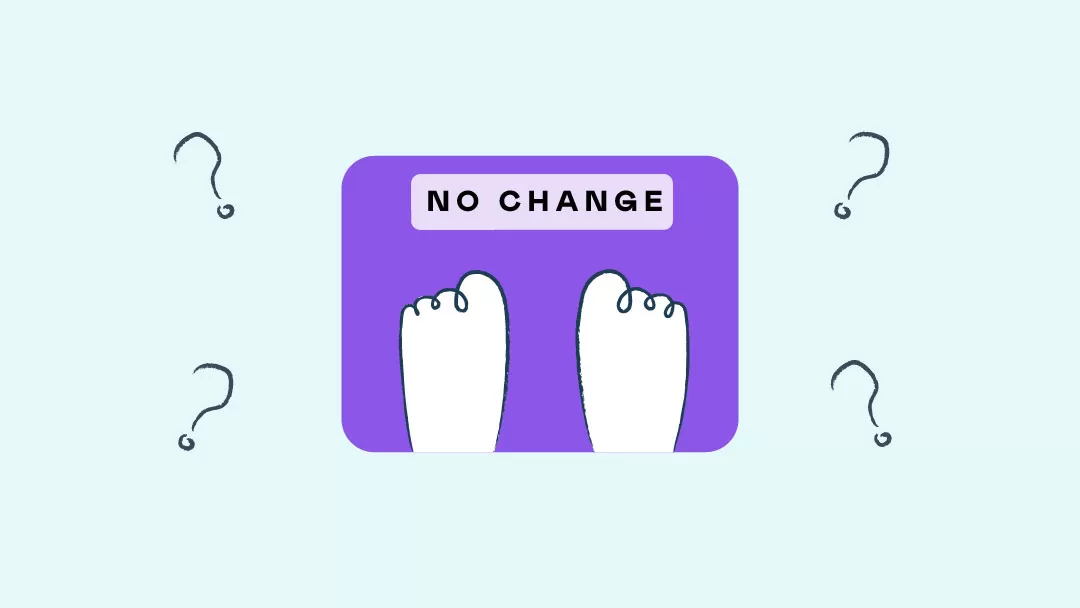
A weight loss plateau is when your body stops losing weight—even though you’re still eating well and exercising. It feels like hitting a wall. This happens because your body gets used to the changes. As you lose weight, your metabolism slows down, and you burn fewer calories than before.
So even if you're doing everything "right," your body adjusts to protect itself. That’s why plateaus are frustrating—but totally normal. The good news? A plateau doesn’t mean failure. It just means it’s time to change your approach to start losing again.
Why You Hit a Weight Loss Plateau (And What Happens If You Ignore It)
When you lose weight, your body starts to burn fewer calories than before. This happens because your body is now smaller and doesn’t need as much energy to function. Over time, this change can lead to a body weight plateau where progress stalls.
Your body is smart. It tries to protect itself by saving energy. This means your weight loss plan that worked in the beginning might stop working unless you make changes. Your body may even slow down how much it burns during workouts or rest.
If you ignore this plateau and keep following the same routine, a few things can happen:
-
You may start eating more calories without noticing, which can lead to weight gain
-
You could lose muscle mass if you're not strength training or eating enough protein
-
Your progress toward a healthy weight may stop completely
Staying stuck for too long may hurt your lean body mass and lower your strength. It can also make it harder to begin losing weight again. That’s why it's important to adjust your exercise habits, change your exercise regimen, or update your weight loss program before giving up.
The goal is not just to lose weight, but to aim for healthy weight loss and long-term weight maintenance. Making the right changes helps you push past the plateau and continue your journey in a safe and smart way.
How to Overcome a Weight Loss Plateau and Keep Losing Weight with Diet and Exercise

When weight loss stalls, it doesn’t mean your body is broken—it just means it has adapted. To break through the plateau, you don’t need to start over. You just need smarter adjustments to your diet, physical activity, and mindset. Here’s how to do it without overcomplicating things.
1. Reassess Your Calorie Deficit and Adjust for Fewer Calories
As you lose weight, your current weight burns fewer calories than before. What once was a deficit might now just be maintenance. That’s why it’s key to review how many calories you’re eating daily.
Start by recalculating your total daily energy expenditure. This helps you know how much you should eat to stay in a negative energy balance. Tracking your meals closely also shows where you can reduce food intake without starving yourself.
-
A small drop in calorie intake can restart progress
-
Don’t go too low—a low calorie diet can slow your metabolic rate
-
If unsure, a coach trained in clinical nutrition can guide your energy intake prescription
This helps realign your weight loss plan with your body’s actual needs.
2. Boost Protein and Balance Macros to Help You Lose Weight
Your macros matter, especially protein. Eating enough protein supports muscle mass, protects lean body mass, and keeps your metabolic rate from slowing down too fast.
Review your food choices. Are you getting enough protein with good nutritional value? Swapping poor food choices for lean meats, dairy, tofu, or legumes makes a big difference.
-
Balanced macros lead to better body composition
-
Protein keeps you full and helps with continued weight loss
-
Avoid highly processed foods that don’t support weight loss efforts
This small shift can help you burn calories more efficiently and avoid losing muscle while cutting fat.
3. Use Refeed Days and Diet Breaks Without Gaining Weight
When you stay in a deficit too long, your leptin levels decrease, which tells your body to slow down your metabolic rate. That’s when progress stalls.
Refeed days or short diet breaks—where you eat at maintenance—can help reset those hormones. They also reduce diet fatigue and help your body trust that it’s safe to keep losing fat.
-
Use clean carbs and protein-rich foods during refeeds
-
Keep track of your food intake and avoid going overboard
-
This can support healthy weight loss without gaining back fat mass
This approach also protects your overall health and supports long-term weight outcomes.
4. Optimize Your Diet to Reach a Healthy Weight
If your diet feels “clean” but progress has stalled, look closer. You may be eating too many “healthy” snacks or not enough fiber-rich, filling meals. These details affect energy balance more than you think.
Start by increasing your vegetable intake, cutting back on highly processed foods, and making sure your meals align with your actual calorie intake goals.
-
Use a simple diet plan that focuses on real foods
-
Eat slowly to help avoid overeating and support weight management
-
Always check labels—some foods marketed as “healthy” can be calorie-dense
The goal is to improve overall health while keeping your diet flexible and effective.
5. Track Hidden Calories That Sabotage Weight Loss
Sometimes it's not what you eat, but what you don’t track. Sauces, drinks, handfuls of nuts—these all add up quickly. If you’ve lost weight but suddenly plateaued, hidden calories may be the reason.
Revisit your food tracking. Logging everything helps uncover where sneaky energy intake is creeping in. Use a scale for a few days to get accurate.
-
Don’t forget bites, licks, or “small” snacks
-
Alcohol and dressings can throw off your calorie intake fast
-
Clean up your logging to restart the weight loss process
Knowing exactly what goes into your body keeps your weight loss efforts on track.
6. Change Your Exercise Routine to Burn More Fat
Doing the same workout for too long can make your body too efficient. When this happens, you burn fewer calories, and weight loss slows. Your body needs new challenges.
Switch up your exercise plan. If you’ve been walking, try cycling. If you’ve been doing steady cardio, add some moderate aerobic activity or light intervals.
-
Mix up your routine every 4–6 weeks
-
Add intensity or new movements to shock your system
-
More variety means more burning calories and better fat mass reduction
This change increases your total daily energy expenditure and pushes past the plateau.
7. Increase Strength Training to Break Through the Plateau
Strength training builds muscle mass, which helps boost your metabolic rate. The more muscle you have, the more energy your body uses—even at rest.
If you haven’t been lifting weights, now is the time to start. If you already are, it may be time to increase the load, reps, or sets. The goal is progression.
-
Muscle takes up less space than fat—muscle weighs more but looks leaner
-
Lifting supports a better body composition than cardio alone
-
It also helps preserve muscle during weight reduction
Strength training is one of the most effective tools for continued weight loss and better weight outcomes.
8. Manage Stress to Stay in a Calorie Deficit
Stress can lead to poor eating habits, high cortisol levels, and even weight gain. It can also mess with your sleep, which slows down your metabolic rate and recovery.
A proper stress management program helps keep your mind and body in balance. Combine this with physical activity like walking or stretching to calm the nervous system.
-
High stress can increase food intake and trigger poor food choices
-
Short sleep duration affects hunger and fat storage
-
Better stress control leads to better mental health and weight control
This helps you stay consistent with your diet plan and avoid slipping out of your calorie deficit.
Talk to Your Nutritionist Today — Get Your Plate Back on Track
Action Plan: Break Through a Weight Loss Plateau in 4–8 Weeks
If you’re stuck, don’t guess your way through it. Here’s a step-by-step plan you can follow over the next 4 to 8 weeks to restart fat loss and break the plateau — without starving yourself or overtraining.
This plan is structured, doable, and built on everything you've learned so far.
Week 1–2: Reset & Track Everything
-
Recalculate your calorie intake based on your current weight
-
Use a food scale or app to log every meal and snack
-
Identify and cut hidden calories (sauces, oils, “healthy” snacks)
-
Start tracking how many calories you're really eating
-
Get at least 7 hours of sleep per night
Goal: Get clear on your numbers and rebuild accuracy. Know where your energy is going.
Week 3–4: Revamp Diet and Movement
-
Increase vegetable intake and reduce highly processed foods
-
Bump up protein to maintain muscle mass
-
Add 1–2 strength training sessions per week (if not already doing)
-
Add more physical activity through walking or short cardio
-
Try a structured exercise plan with new movements
Goal: Shift your food quality and increase output without burning out.
Week 5–6: Strategic Adjustments
-
Introduce a refeed day once a week to help reset your metabolic rate
-
Experiment with macro tweaks: raise protein, adjust carbs/fats
-
Increase strength training intensity (progressive overload)
-
Focus on non exercise activity thermogenesis: stairs, standing, walking
-
Reduce stress using basic breathing, walks, or a stress management program
Goal: Reset hormones, increase lean mass activity, and keep momentum going.
Week 7–8: Reassess and Fine-Tune
-
Take new measurements and progress photos
-
Compare changes in body composition, not just weight
-
If plateau is breaking, stay consistent
-
If still stuck, try a short diet break (eat at maintenance for 5–7 days)
-
Reflect on sleep, mental health, and your current stress levels
Goal: Lock in what’s working, adjust what’s not, and avoid burnout.
Final Tip
Your weight loss process isn’t broken — it just needs smart, steady pressure in the right areas. Stick to this plan, track your progress, and trust the tweaks. Most plateaus break when you stop guessing and start getting strategic.
See How Your Food Plan Can Be Tailored to Break Plateaus — Book a Free Consult
When Weight Loss Plateaus Signal It's Time to Seek Medical Help

Some plateaus are normal. Others are your body telling you something isn’t right. If you’ve tried everything—adjusting calories, changing workouts, improving sleep and stress—but the scale won’t move for months, it may be time to talk to a professional.
Here’s how to know if your weight loss plateau needs more than just another tweak in your routine.
1. You’ve Been Stuck for 8–12 Weeks With No Progress
If your weight hasn’t budged for 8 weeks or more, despite strict tracking, smart training, and consistent habits, you may not be dealing with a basic plateau anymore. This could point to metabolic adaptation, where your body slows down everything to hold on to stored fat.
-
This is your body trying to stay in balance—often referred to as set point theory
-
Medical testing can help you figure out if your metabolism has adjusted too far
-
A specialist might help reset your plan with guided support
2. Other Symptoms Start to Show Up
A true plateau isn’t just about stalled fat loss. If you're also noticing fatigue, hair loss, cold hands/feet, or mood swings, these may be signs of something deeper.
-
Conditions like thyroid issues or insulin resistance can block continued weight loss
-
These can also affect how you digest food, store fat, and eat foods that once worked fine
-
These symptoms need lab work and possibly a referral to an endocrinologist
3. Your Family History Includes Medical Risks
If obesity, cardiovascular disease, diabetes, or hormone issues run in your family, it’s worth getting ahead of it. You might be doing everything right with healthy eating and physical activity, but biology still plays a role.
-
Some people are more resistant to weight loss due to genes or chronic inflammation
-
A doctor can help you adjust your approach based on your health background
-
They may recommend further testing or a medically guided weight loss plan
4. Your Mental or Physical Health Is Suffering
If you're obsessing over the scale, feeling depressed, anxious, or constantly exhausted, it's time to pause. The goal of weight loss is better health—not harm.
-
Chronic dieting and frustration can lead to poor food choices or disordered eating
-
A healthcare provider can help you find a better balance between goals and overall health
-
Support from a registered dietitian can also help rebuild your relationship with food
You don’t need to wait for a crisis to ask for help. If your plateau feels stuck, and you're showing warning signs physically or emotionally, it's okay to get medical advice.
With the right support, you’ll protect your body, improve your mindset, and still make progress—without guessing or doing it alone.
Join 200+ Families Who Broke Their Plateaus Using Balance Bite’s Smart Diet Plans
Tools to Measure Weight Loss Progress Without Relying on the Scale
The number on the scale doesn’t always tell the full story. Real progress shows up in different ways, especially when you focus on fat loss, fitness, and daily habits. These tools help you measure success even when the scale doesn’t move.
Here’s how to track your journey better—so you don’t get discouraged and stop losing weight for the wrong reasons.
1. Use Body Measurements to Track Fat Loss
Measuring parts of your body with a tape can show results the scale misses. You might lose inches around your waist or thighs even when your weight stays the same.
This is because fat loss and muscle gain can happen at the same time. You’re changing your body composition, not just your weight. Take weekly or bi-weekly measurements of your:
-
Waist
-
Hips
-
Arms and thighs
This is especially helpful if you're eating fewer calories and doing strength training, which may build lean muscle while burning fat.
2. Take Progress Photos for Visual Comparison
Photos show changes over time that you don’t notice in the mirror. Take pictures in the same lighting, at the same time of day, wearing the same clothes. Do it every 2–4 weeks.
You’ll see shifts in posture, definition, and shape—even if the scale hasn’t moved. This is a great way to track further weight loss that isn’t obvious in numbers.
-
Front, side, and back shots give a full view
-
It’s not about perfection—it’s about proof of change
-
Great for building confidence and motivation
These photos help you see the impact of your weight loss efforts in real life.
3. Monitor Body Fat Percentage Over Time
Knowing how much body fat you carry tells you more than just your total weight. You can lose fat and gain muscle, which may keep your weight steady but still improve your health.
Use tools like:
-
Body fat scales (less accurate but easy)
-
Calipers (more accurate with practice)
-
DEXA scan or BIA (available in clinics or gyms)
According to one randomized controlled trial, focusing on body fat percentage can help guide safer and more effective low carbohydrate diets and fitness plans.
4. Pay Attention to How Your Clothes Fit
Your clothes often tell the truth before the scale does. Jeans getting looser? Shirts fitting better? That means you’re making real changes—even if the scale says otherwise.
Fitting into old clothes again or sizing down is a clear sign your body composition is changing for the better. It’s also a good motivator to keep eating fewer calories without feeling deprived.
-
Use the same clothes as a reference each week
-
Try on “goal” outfits to measure fit
-
Notice how your body feels—lighter, more mobile, more comfortable
5. Track Strength Gains and Exercise Performance
As you get fitter, you should be able to lift heavier weights, do more reps, or move faster. Even better—you’ll feel stronger and more in control.
Tracking how your exercise performance improves gives you a better sense of progress than just checking the scale. This helps you focus on getting better, not just lighter.
-
Record sets, reps, and weights used
-
Note how you feel during and after workouts
-
Use this as proof that you’re building muscle and burning fat
If you push through tough weeks without progress on the scale, this is the proof you need to not give up or stop losing weight out of frustration.
6. Notice Changes in Energy, Sleep, and Mood
Better sleep, more energy, and a stable mood all point to real health progress. When you’re consistent with nutrition and workouts, these signs show up—even if the weight loss is slow.
Your body becomes more efficient. You recover faster. You feel less bloated. These are all silent wins that show your plan is working.
-
You wake up feeling refreshed
-
You can handle stress better
-
You feel lighter, not just physically, but mentally too
Tracking how you feel helps you stay committed to long-term change, even if further weight loss takes time.
Tracking progress through different tools is the best way to stay motivated—especially during plateau weight loss phases. When the scale doesn’t move, these methods help you see the changes your body is actually making.
Conclusion
You’ve made it this far, which already puts you ahead of most people who quit the moment progress slows. That means you’re serious about making this work—and that’s exactly the mindset that leads to real change.
Now it's about choosing consistency over perfection. Don’t wait for the “perfect” moment or a burst of motivation. Just take one step today, even a small one. Then take another tomorrow. That’s how you move again—even when everything feels stuck.
Let this be the point where you stop spinning your wheels and start moving forward with clarity. You’ve got this.
Get Clinical-Grade Nutrition + Monthly Groceries Delivered — Get Started with Balance Bite






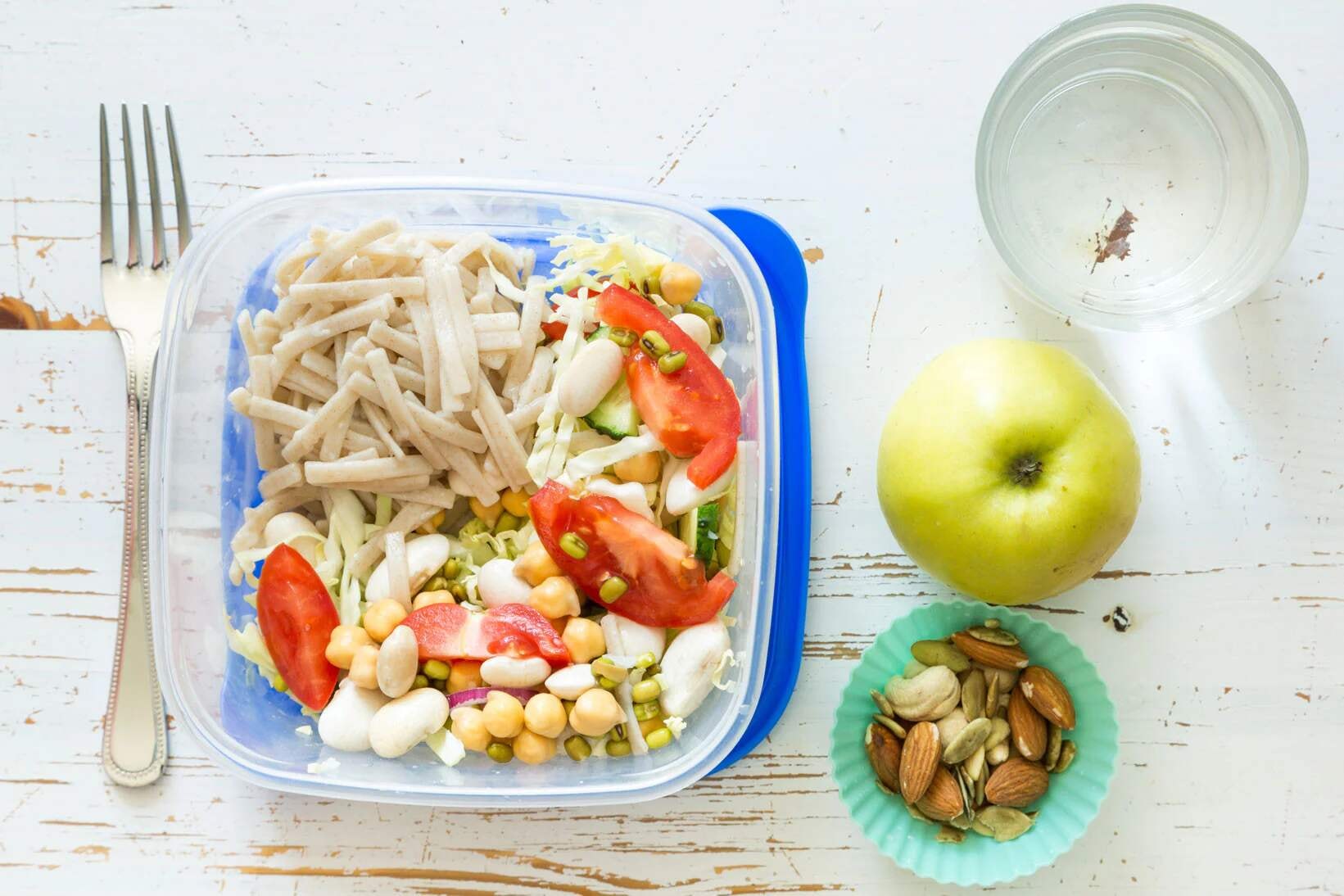
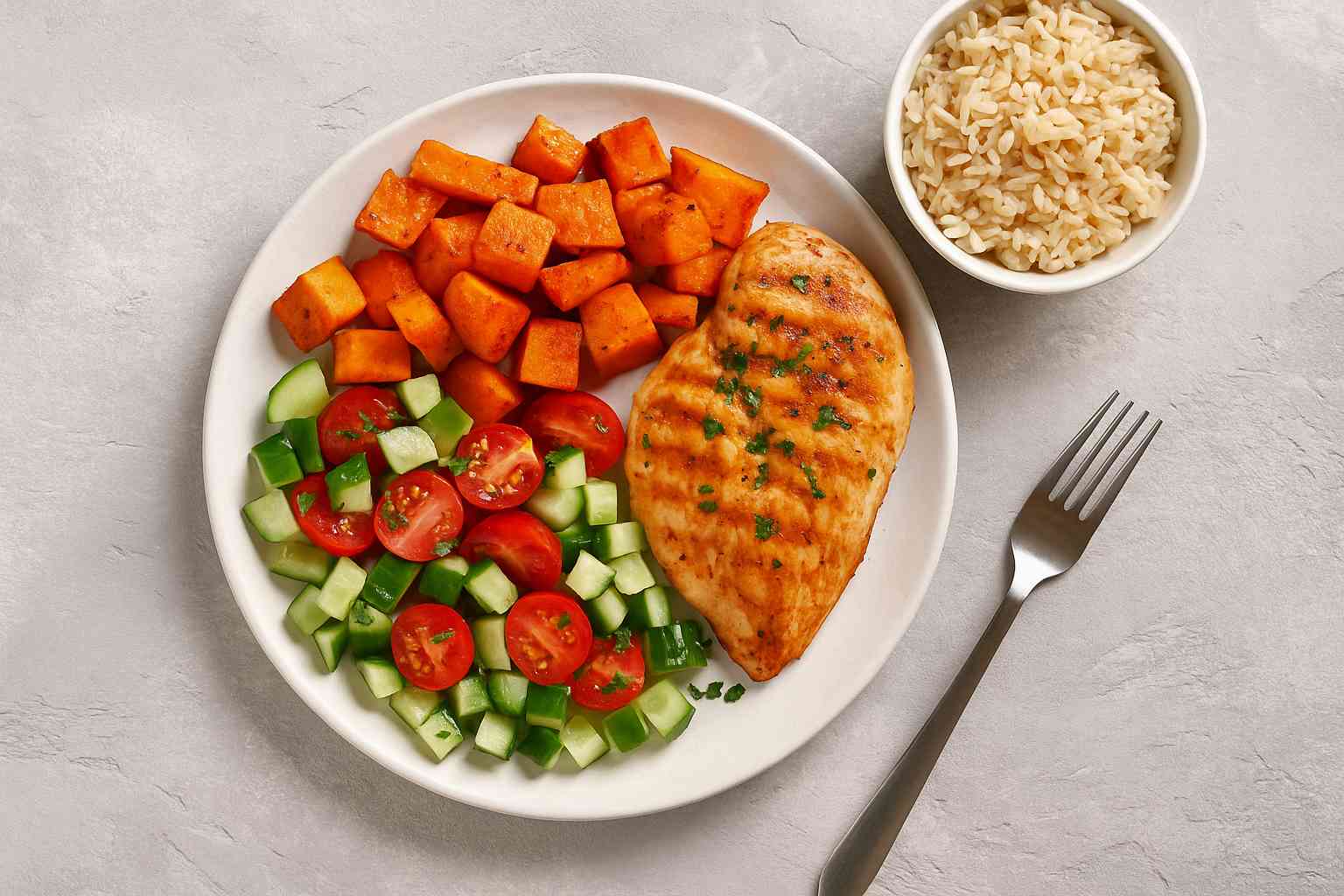







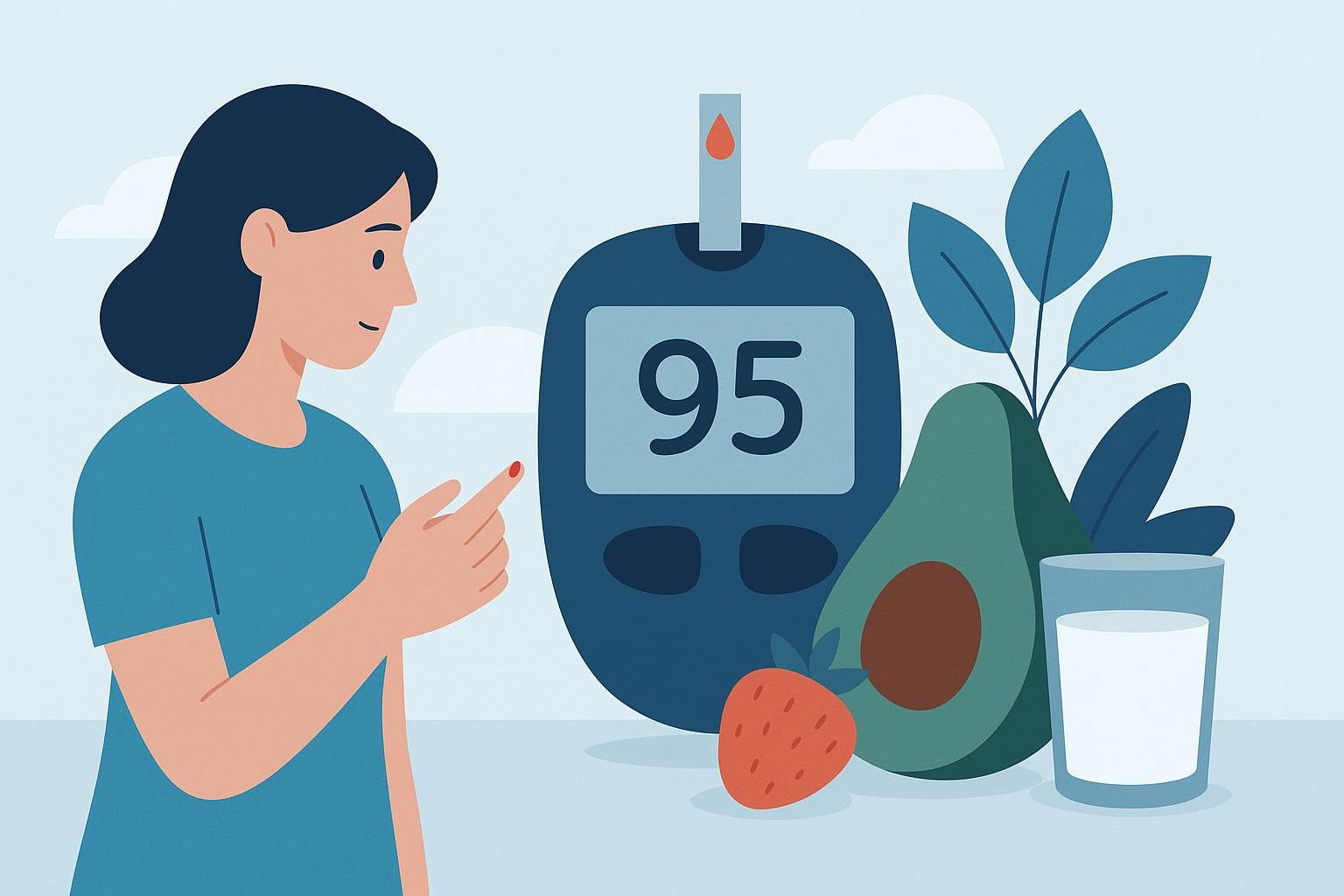

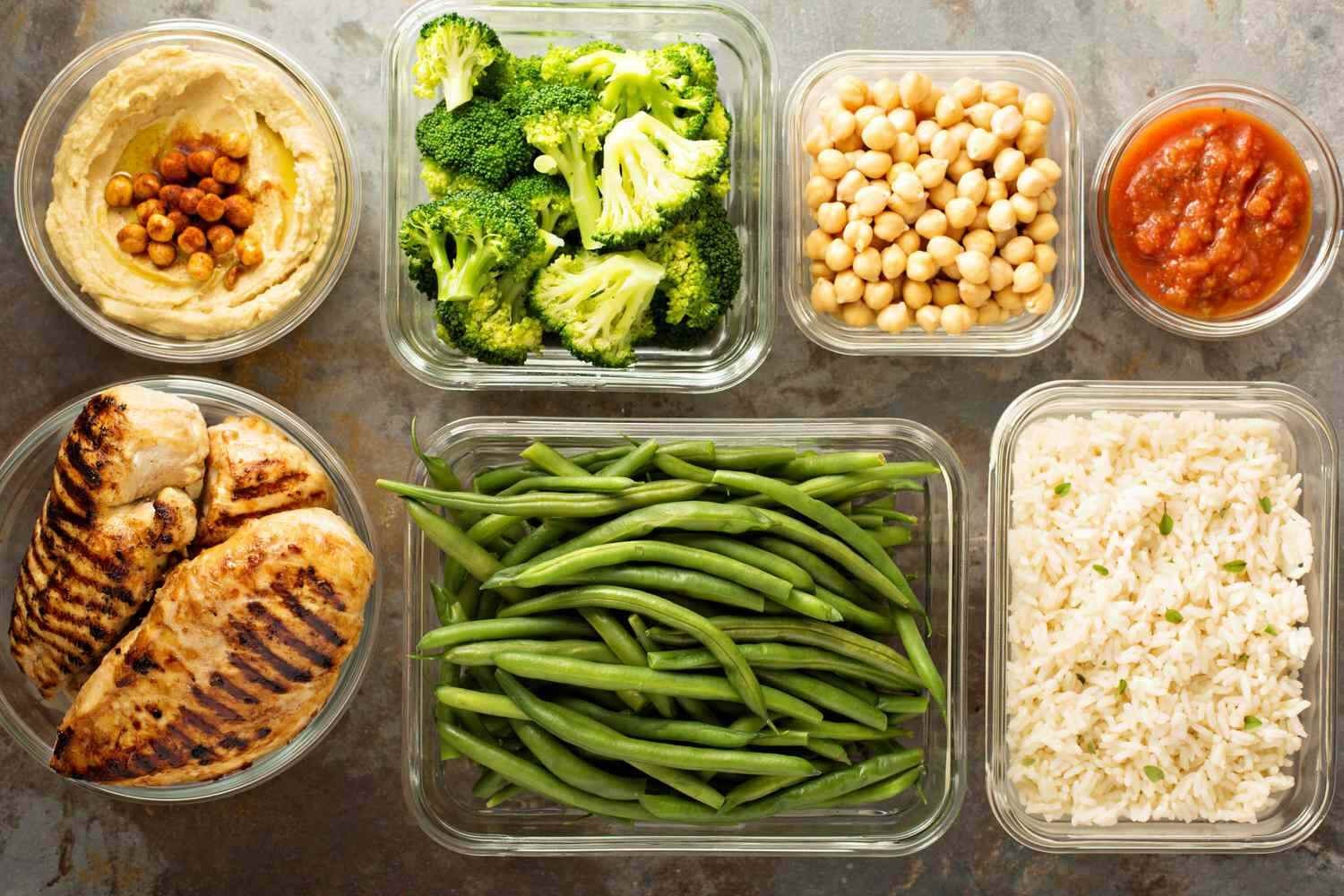
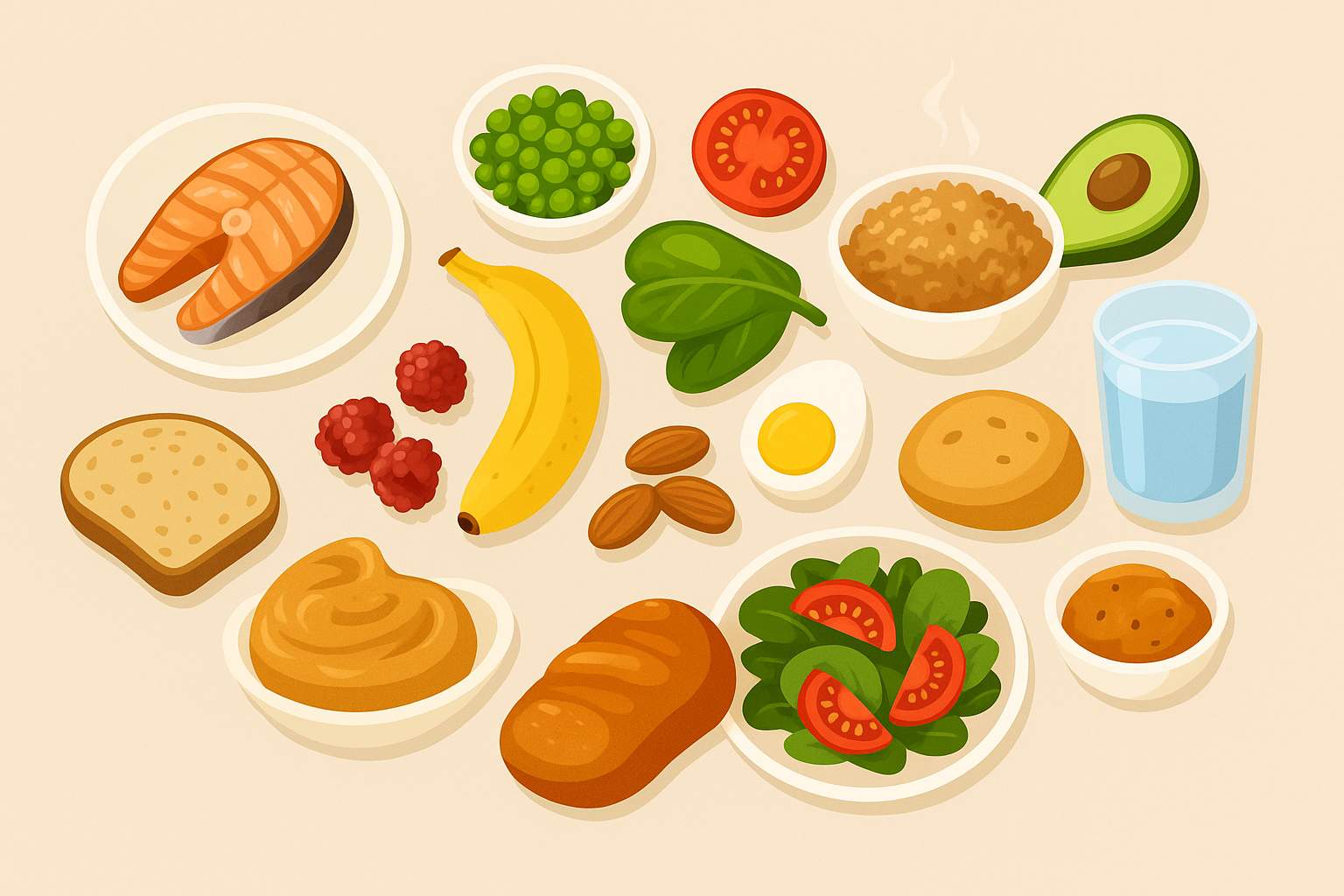
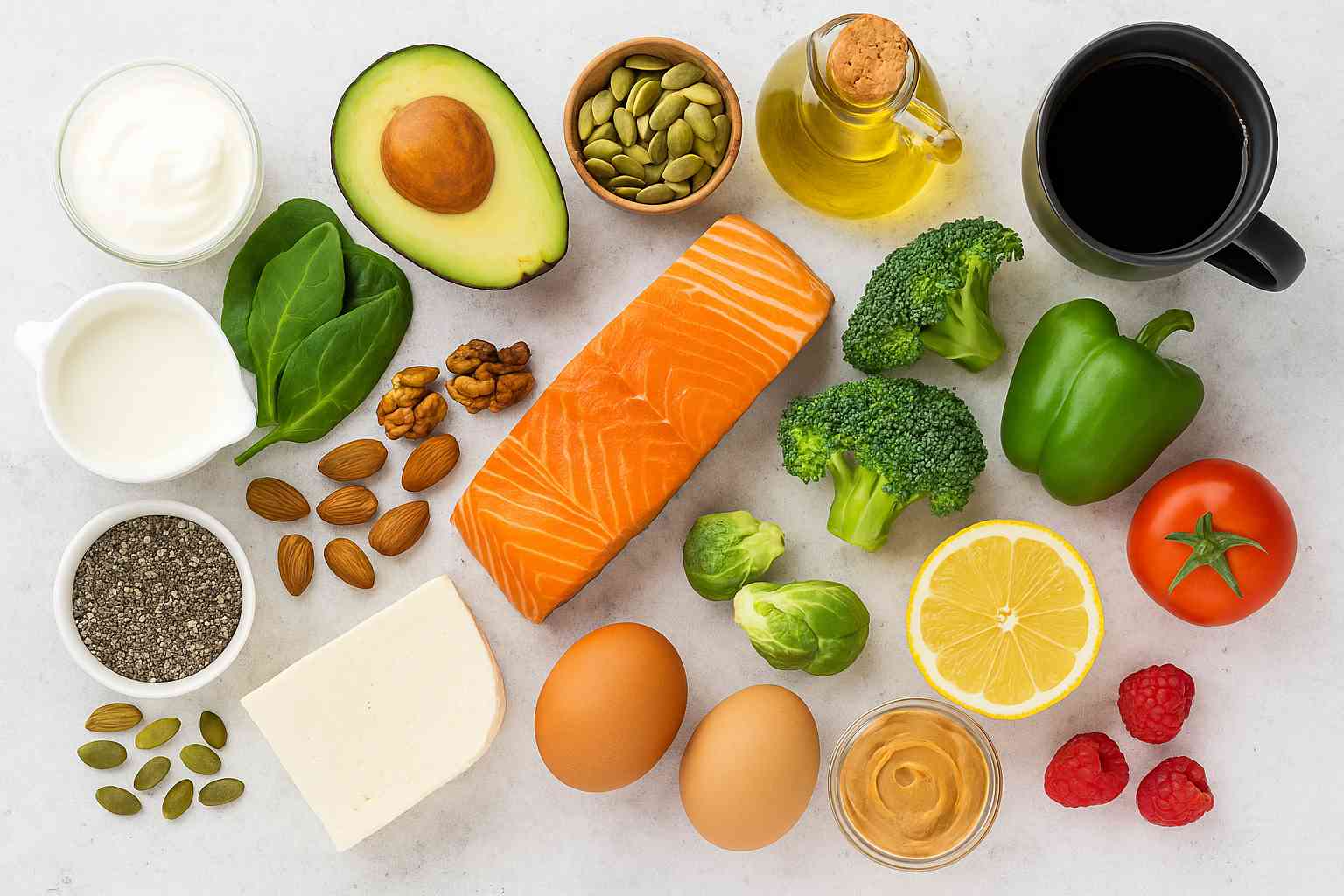
Leave a comment
Translation missing: en.blogs.comments.discription